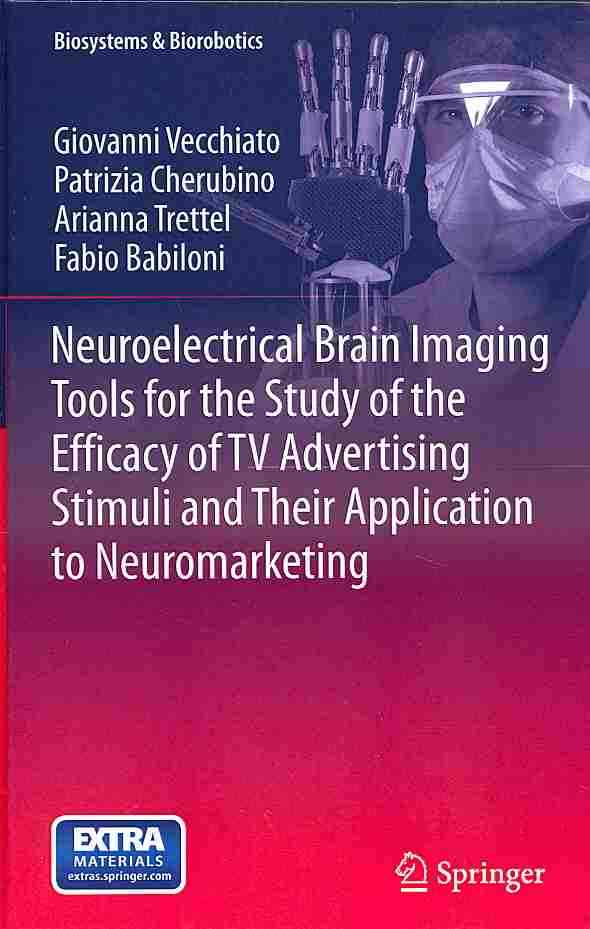Hacking Brain’s Decision Making Algorithms
 Although it is still a young field, decision neuroscience has evolved continuously in the last decade and it provides a solid basis for neuromarketing development.
Although it is still a young field, decision neuroscience has evolved continuously in the last decade and it provides a solid basis for neuromarketing development.Scientists aim to decode the processes in our brains when we make decisions, and the latest issue of Current Biology includes a brain imaging study that aimed to identify whether knowledge is based on representations of individual instances of category members, known as exemplar theory (a decision is framed around concrete traces of memories), or an abstracted representation coding a category’s prototypical features, known as prototype theory (decisions are based on a generalized overview of all memories concentrated into a specific category). The research combined computer simulations with brain-imaging data in order to contrast these two different types of decision-making models. This study (Michael L. Mack, Alison R. Preston, Bradley C. Love, Decoding the Brain’s Algorithm for Categorization from Its Neural Implementation, Current Biology – 21 October 2013, Vol. 23, Issue 20, pp. 2023-2027 – press release) found that when making a choice, the brain retrieves specific traces of memories, instead of a generalized overview of past experiences, from its mental files. Whether one model creates decisions more than the other (exemplar theory or prototype theory) has been in dispute among scientists in the lasts decades. According to this study, the exemplar model is more consistent with decision-making behavior.
In the study, 20 respondents were asked to sort a variety of shapes into two categories. During this task, their brain activity was recorded using functional magnetic resonance imaging (fMRI), allowing researchers to observe how the respondents connect shapes with past memories (behavioral research alone cannot determine if a subject uses the exemplar or prototype model to make decisions). They found that the exemplar model is responsible for the majority of participants’ decisions, as the results showed three different regions associated with this model were activated during the learning task: occipital (visual perception), parietal (sensory) and frontal cortex (attention).
In processing new information, the brain stores actual traces of experiences, allowing it to make different kinds of decisions, such as categorization information, identification and recall.
Study lead Michael Mack says: “imagine having a conversation with a friend about buying a new car. When you think of the category “car,” you’re likely to think of an abstract concept of a car, but not specific details. However, abstract categories are composed of memories from individual experiences. So when you imagine “car,” the abstract mental picture is actually derived from experiences, such as your friend’s white sedan or the red sports car you saw on the morning commute. We flexibly memorize our experiences, and this allows us to use these memories for different kinds of decisions. By storing concrete traces of our experiences, we can make decisions about different types of cars and even specific past experiences in our life with the same memories. The field has struggled with linking theories of how we behave and act to the activation measures we see in the brain. Our work offers a method to move beyond simply looking at blobs of brain activation. Instead, we use patterns of brain activation to decode the algorithms underlying cognitive behaviors like decision making.” The author considers that this new approach to model-based cognitive neuroscience could lead to discoveries in cognitive research.
Recent research have also highlighted that emotions play an important role in the decision making process, in that uncertainty about whether one’s choices will lead to benefit (reward) or harm (lost). The somatic-marker hypothesis is a neurobiological theory of how decisions are made in the face of uncertain outcomes. This theory states that such decisions are aided by emotions, in the form of bodily states, that are elicited during the deliberation of future consequences and that mark different options for behavior as being advantageous or disadvantageous. This process involves an interplay between neural systems that elicit emotional/bodily states and neural systems that map these emotional/bodily states. Antonio Damasio (Professor of Neuroscience Director, Brain and Creativity Institute, author of Descartes’ Error: Emotion, Reason, and the Human Brain) is the one that defined this theory as being a mechanism by which emotional processes can bias behavior, particularly decision-making. The somatic marker hypothesis proposes there is an important connection between emotion and feeling and decision making.
If you want to find out more about the future outlook on brain research applied to advertising, the opportunities that will follow in the future and how emotional research may be the base for business and marketing, join the Neuromarketing World Forum (5-7 March 2014, New York) and you will have the chance to meet and find out more from Antonio Damasio.




















